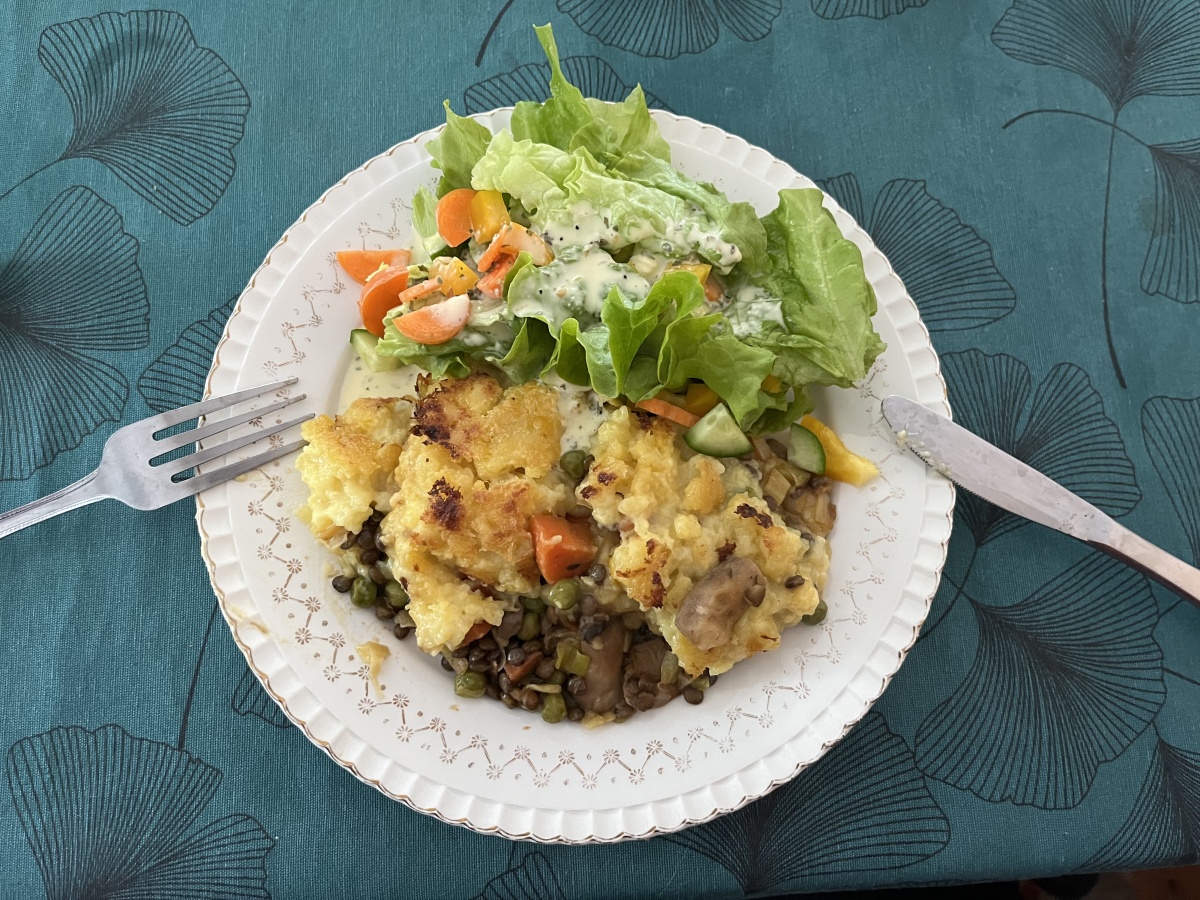Recently I saw a challenge to write our journey with food. It wasn’t directed at me and I wasn’t sure exactly what it meant, but I decided to try anyway.
I grew up in a culture famed for its hospitality. If ‘they’ loved you, they cooked for you. If you loved ‘them’, you ate their food. So during large parts of my life food meant the outward proof of the love of others. But that love wasn’t without conditions – to act, to BE as others saw me, as others wanted me to be.
Falling short, as we inevitably do, meant using food to comfort myself. Thus began an unhealthy relationship with food – where food represented the love that I did not find in my life for a long time. And if I loved someone I cooked for them. They did not all eat my food.
When love entered my life, I was busy. I was working all the hours God sent and still using food as a substitute for the real thing. Slowly, over time, I was able to accept the love offered and to trust it, to count on it.
For several years, I cooked for a series of diplomatic lunches whose discussions focused on human rights and peace. The food was different from most working lunches. It was all homemade, handmade. In designing the menus we thought about how it would be eaten: sitting down, standing while holding a plate, etc. We also thought about the mood we wanted to create with the food: not only the homey ambiance, but also the neurotransmitters that would be produced by the different ingredients. We wanted a sense of wellbeing, of goodwill that comes from endorphins or serotonin or dopamine. We used ingredients designed to produce these.
At one of these, the participants spent three days discussing migration. We decided to feature foods that had migrated so successfully that they are now associated with their adopted homeland: potatoes and Ireland, tomatoes and Italy, tea and Britain, etc. The final lunch, the centerpiece of our migrated dishes, was something that is synonymous with the city of New Orleans: Gumbo. Gumbo, it turns out, is the word in several African languages for okra.
When I cook for others, I spend time building layers of flavor, using the best ingredients I can find. Sometimes a dish can take several days: a three-day gumbo is so much better than one made in an afternoon. I have been told that it’s possible to taste the love in my food. I think that’s because of the layers of flavor that are built into it. That takes time and good ingredients. Love, then, is time: time to find the ingredients, time to prepare them, time to cook them with care and (yes) with love.
During the pandemic I cooked for people who were in the process of migrating, looking for a safe place to build their lives. This food was probably the most important that I have ever made. It needed to be nutritious, filling, and most of all, full of love. Sometimes it was all that a person might eat in a day. It needed to feed their body, but also their soul. They needed to know that someone cared enough to put love into their food. It might have been their only food that day; it might also have been their only human contact. It had to be good.
So as I examine my journey with food, love is the thread that holds it together. It began as an expression of love for me, then it evolved into an expression of my love for myself, and now it’s my way of showing love for others. Underneath it all is the human emotion of love, of connection.
